
Seahorse
Seahorse
Seahorse
When you hear the word "fish", the shape that comes to mind is flat, streamlined "fish". And as a fish that is completely different from its shape, there is a "seahorse". However, let's take a look at the ecology of seahorses, which are difficult to pin down even if they are called fish.
Seahorse Basic Infomation
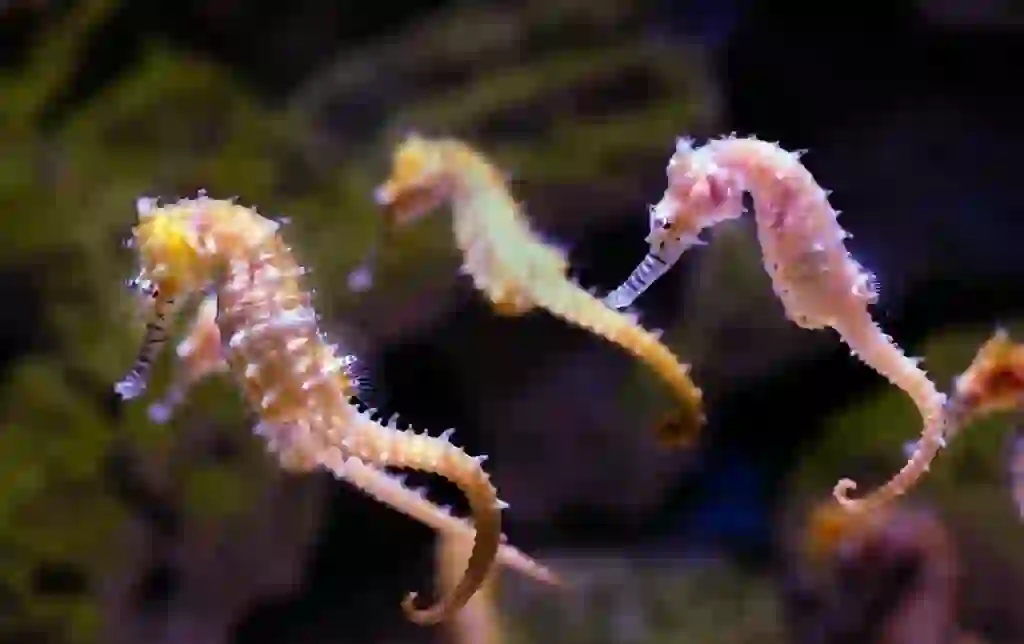
Gasterosteiformes-Syngnathidae-Seahorse genus.
Length:1〜35cm(There are big differences depending on the type.)
Seahorses live along the coast of warm tropical to temperate seas, and some species enter brackish waters where saltwater and fresh water mix.
The characteristic appearance of the seahorse genus is very diverse, with some shapes such as body surface colors and protrusions differing between types and individuals. The rugged body is said to have been formed by changing scales, and it is hard and bumpy. The tubular mouth, called the proboscis, protrudes forward and can be called the most characteristic of seahorses.
Instead of having no tailbill, the tail is long and curled at the tip. The tip, which is also the charm point of the seahorse, is very important for wrapping around seaweed and corals to fix the body. The sight of them holding on to seaweed and corals and floating in the sea is indescribably cute.
Seahorse Q&A

What is the origin of the name seahorse?
The seahorse got its name because its face resembles a horse.
Its scientific name is "hippocampus", which comes from the Greek words hippos (horse) and campos (sea monster).
By the way, in Japanese it is called "tatsunootosigo". In the case of Japan, it was named after a dragon.
※A dragon is called a "tatsu" in Japanese.
Either way, the face with a protruding proboscis is characteristic, and in both English and Japanese, its shape is the origin of the name.

Is it true that seahorses get pregnant in males?
However, strictly speaking, males do not become pregnant, but males only give birth.
In fact, males have a special organ called the "childcare sac", which is a bag-like organ. The female lays eggs in the brooding sac. The male hatches the eggs in the brooding sac. They are protected by a brood sac until they become fry. In other words, spawning is only for females, and it can be said that the role of males is to protect them from eggs to fry.
By the way, the nursery sac swells when the female lays eggs, so the male's belly also grows.This bulging belly is the reason why it is said that "males become pregnant". The spawned fry have already formed a body as seahorses and immediately behave on a par with their parents.
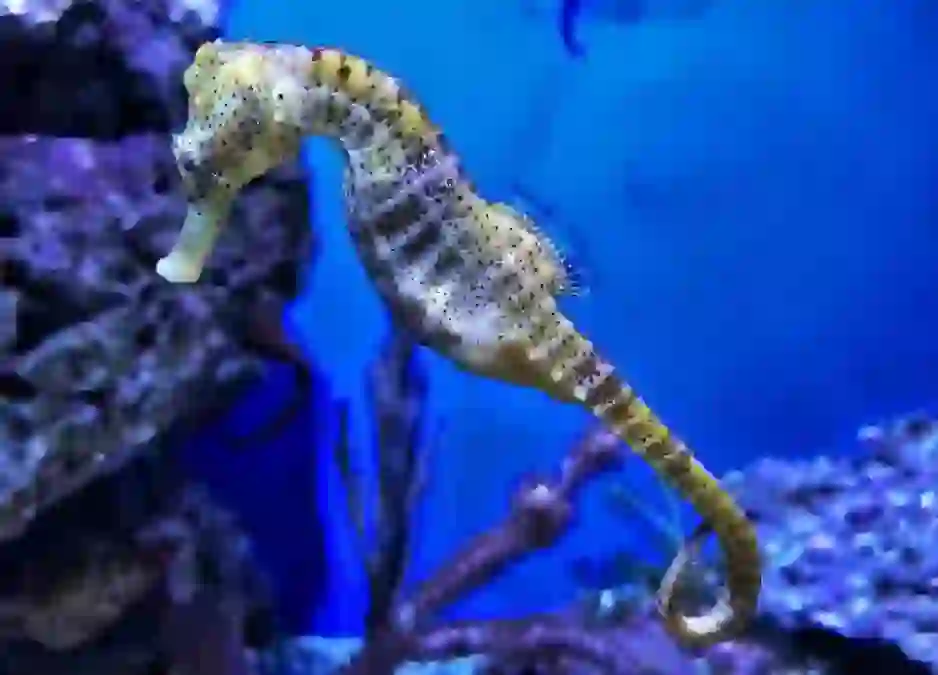
Is it true that seahorses are masters of dance?
It's true.
The courtship behavior of animals in nature is often characteristic, and seahorses are no exception.
When the male is ready to accept the eggs, it appeals to the female. When the coupling is established, the two of them dance together. The way they circle with each other's tailtips intertwined and swim as if crawling on the seabed is very passionate.
In addition, males change their body color during dancing, and sometimes dance for several days while resting for a long time. The romantic and passionate courtship of seahorses may be more ardent than humans.

What is the relationship between seahorses and humans?
Seahorses are also used for food, but they are almost always distributed as ornamental due to their characteristic appearance. However, in China, it is used as a herbal medicine, so overfishing is regarded as a problem. Against this background, the aquaculture industry is now thriving.
By the way, in Japan, the zodiac signs are talked about every year. In the Year of the Dragon, the dragon is the main character, but since the dragon is an imaginary creature, the seahorse is often the focus instead.
In addition, the appearance of male and female facing each other is sometimes used as a heart symbol, and is sometimes used as a symbol of love fulfillment. In fact, seahorses are monogamous, so you may not be mistaken.
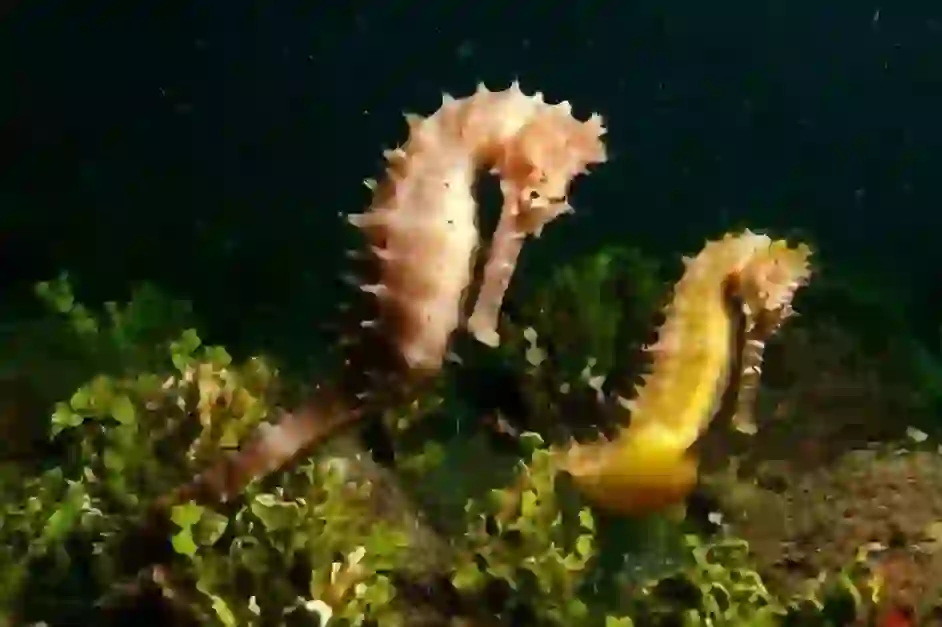
Why do seahorses live there?
Seahorses live mainly in rocky reefs, seaweed beds, coral reefs, and other environments where they can hide.
Seahorses are fish, but they are not good at swimming and swim slowly. Therefore, it is said that it evolved to hide from natural enemies rather than run away from them.
The color of the body surface and the lumpy protrusions mimic the surrounding environment, making it difficult to distinguish. Also, some species drift in the open ocean, along with flowing algae. By mimicking algae, they are probably escaping the eyes of natural enemies.
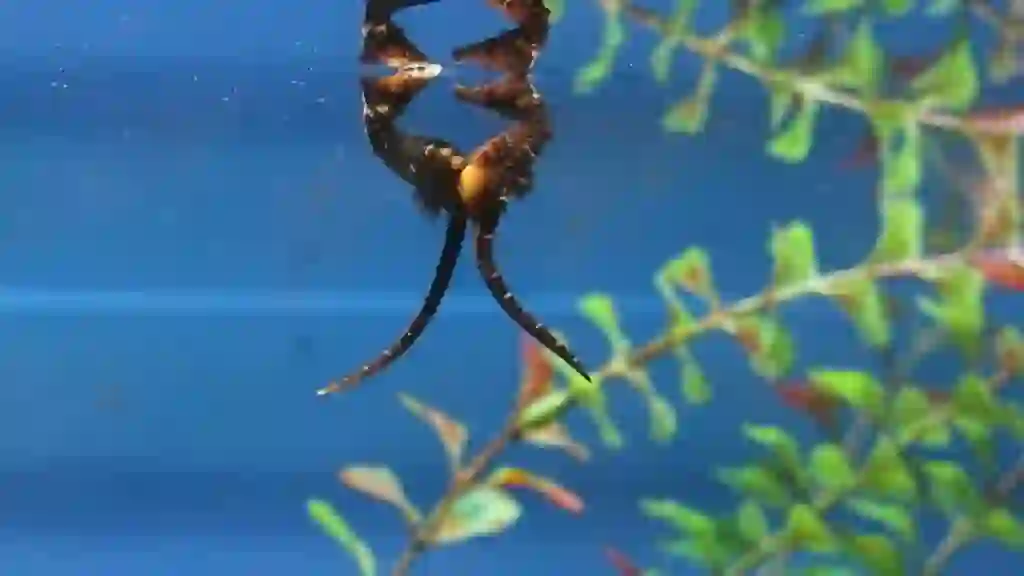
What do seahorses eat?
Seahorses are carnivorous and feed on fish roe, small fish and small plankton such as crustaceans.
It is a ferocious predator that is difficult to imagine from its adorable appearance, and actively attacks and preys on even the size of its proboscis. The way it slowly approaches its prey and inhales it in an instant is small but powerful.
In aquariums, small crustaceans are given as live food, and white shrimp is also given when kept as pets.

What is the difference between seahorses and seaweed pipefish?
It is a close relative of seahorses and has a type called seaweed pipefish.
The face of the seaweed pipefish is similar to that of seahorses, but unlike seahorses, they have elongated bodies, so they are almost never mistaken. However, some species are very similar. By the way, the birth form is the same as that of seahorses, and males give birth.

Would you like to become a part of the 'Animalbook.jp'?
Turn your knowledge into Q&A and share it with the world. ※Publication will be activated after purchase. Let's share information together!
Seahorse Type of List
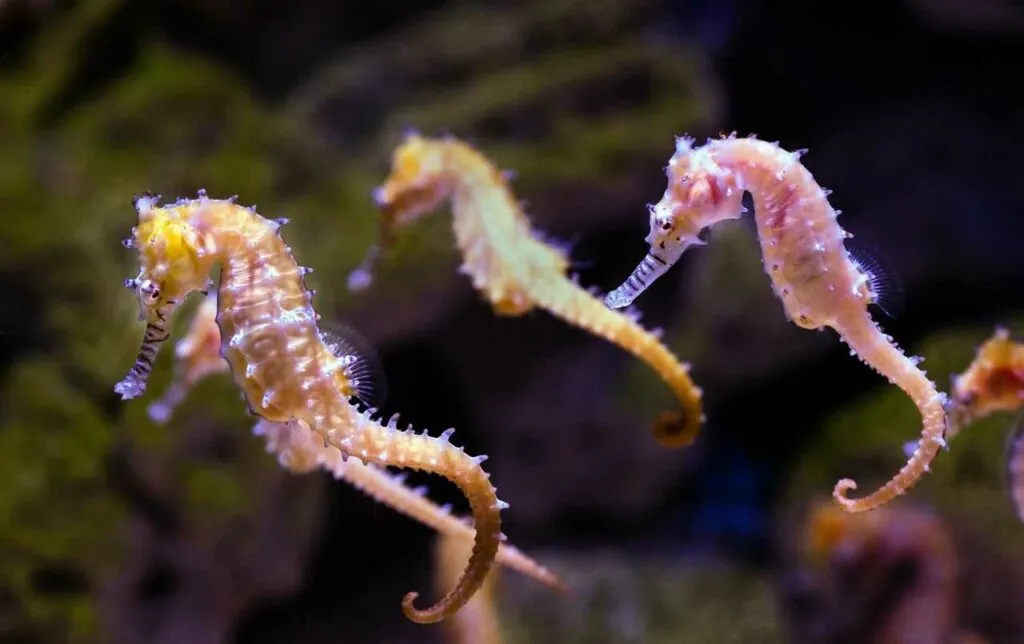
- H. abdominalis Lesson
- H. alatus Kuiter
- H. algiricus Kaup
- H. barbouri Jordan et Richardson
- H. bargibanti Whitley
- H. biocellatus Kuiter
- H. borboniensis Duméril
- H. breviceps Peters
- H. camelopardalis Bianconi
- H. capensis Boulenger
- H. colemani Kuiter
- H. comes Cantor
- H. coronatus Temminck et Schlegel
- H. curvicuspis Fricke
- H. debelius Gomon et Kuiter
- H. denise Lourie et Randall
- H. erectus Perry
- H. fisheri Jordan et Evermann
- H. fuscus Rüppell
- H. grandiceps Kuiter
- H. guttulatus Cuvier
- H. hendriki Kuiter
- H. hippocampus
- H. histrix Kaup
- H. ingens Girard
- H. jayakari Boulenger
- H. jugumus Kuiter
- H. kelloggi Jordan et Snyder
- H. kuda Bleeker
- H. lichtensteinii Kaup
- H. minotaur Gomon
- H. mohnikei Bleeker
- H. montebelloensis Kuiter
- H. multispinus Kuiter
- H. patagonicus Piacentino et Luzzatto
- H. pontohi Lourie et Kuiter
- H. procerus Kuiter
- H. pusillus Fricke
- H. queenslandicus Horne
- H. reidi Ginsburg
- H. satomiae Lourie et Kuiter
- H. semispinosus Kuiter
- H. severnsi Lourie et Kuiter
- H. sindonis Jordan et Snyder
- H. spinosissimus Weber
- H. subelongatus Castelnau
- H. trimaculatus Leach
- H. tyro Randall et Lourie
- H. waleananus Gomon et Kuiter
- H. whitei Bleeker
- H. zebra Whitley
- H. zosterae Jordan et Gilbert
Information
Congratulations! You are the first commenter!

Create Your Favorite List!
Seahorse
Save the animals you love! Build your own list to quickly revisit your favorites later.

Would you like to leave a comment?
※Please note: This is for the purchase of rights to post comments within the article.
Find Your Favorites!
Our shop offers a unique and attractive selection of goods themed around various animals.
Seahorse References

- Wikipedia https://ja.wikipedia.org/wiki/タツノオトシゴ
- Seahorse Ways http://www.seahorseways.com/index.html
- National Geographic https://natgeo.nikkeibp.co.jp/atcl/news/16/062900243/
- 毎日新聞 https://mainichi.jp/maisho/articles/20200225/kei/00s/00s/012000c
- Marine Diving Web https://marinediving.com/marine_life/serial_marine_life/seahorse_and_pipefish/
Seahorse Introduction of media used
出典:https://www.pexels.com/ja-jp/photo/5548081/

出典:https://unsplash.com/photos/1zglnBe3QJw

出典:https://unsplash.com/photos/fH2d_WbfWtg

出典:https://unsplash.com/photos/pP3q0pkd0_Y

出典:https://unsplash.com/photos/BJK8wc8h9a8
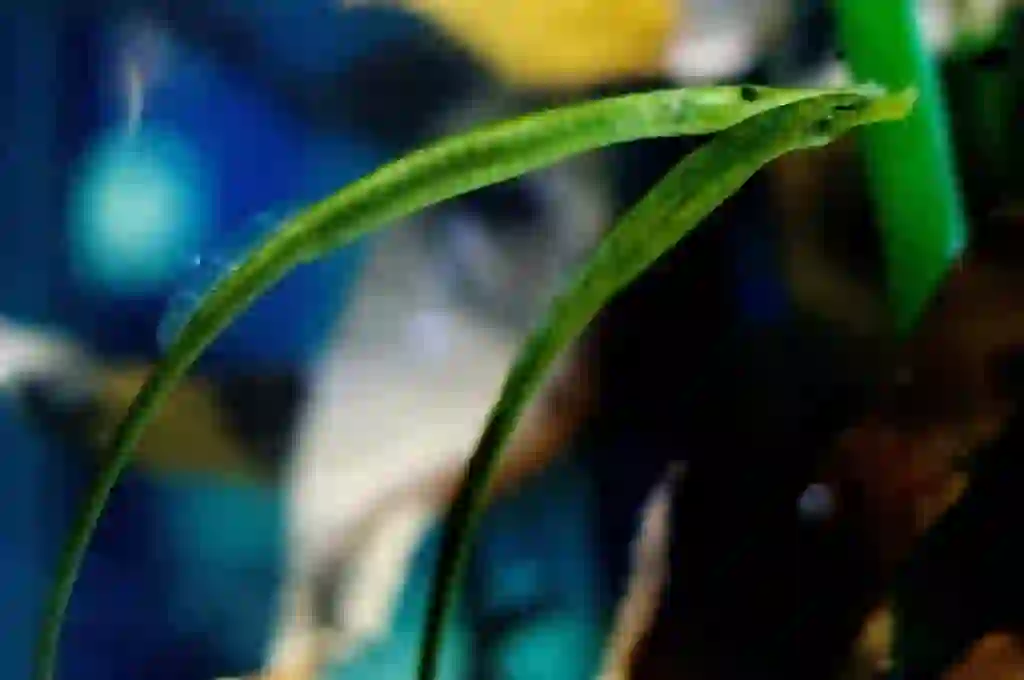
similar
出典:https://commons.wikimedia.org/wiki/File:Broadnose_pipefish._(6985875702).jpg
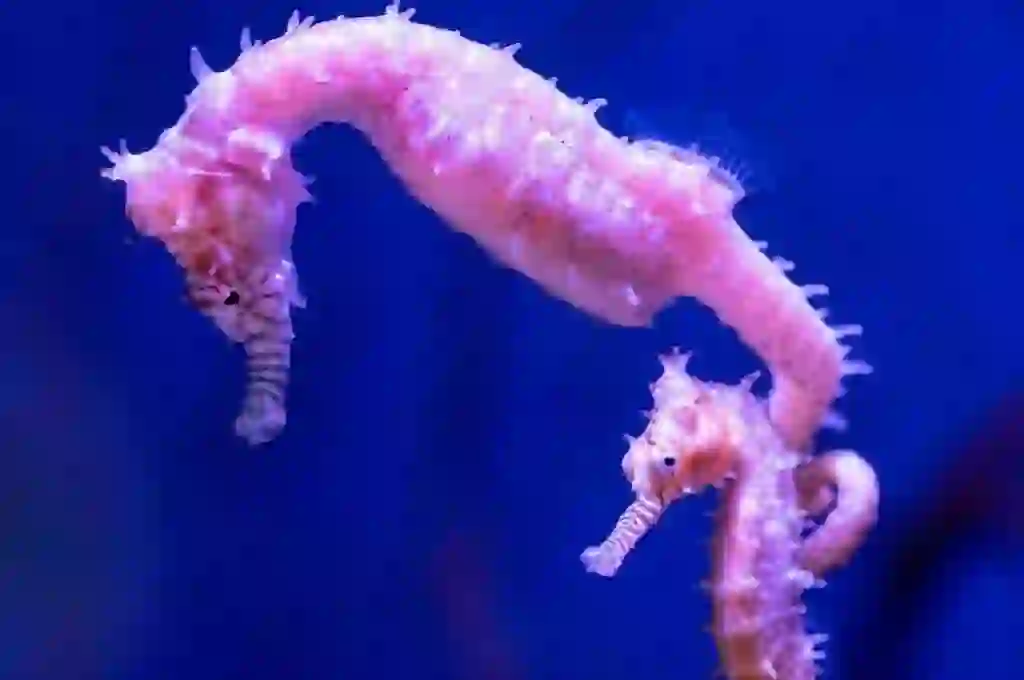
出典:https://unsplash.com/photos/zkDtpQga4lI

Help Enrich Our Animalbook.jp with Your Media!
We are constantly looking to expand and enrich our Animalbook.jp with amazing photos and videos of animals. If you have any media that you'd like to share, please contribute and help us showcase the beauty and diversity of the animal kingdom. Your submissions will be credited and featured in our encyclopedia, reaching a wide audience of animal lovers.


















